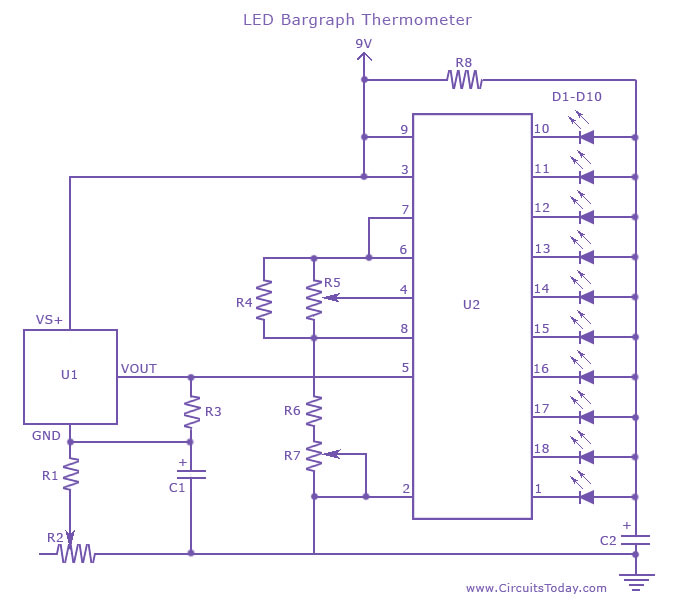
The simple LED Flasher by IC 4011

This is simply a LED flasher circuit that is suggested for construction. However, it is important to understand the use of transistors, which can be challenging when learning about digital electronics.
The LED flasher circuit operates by utilizing a basic astable multivibrator configuration, which can be implemented using two transistors. This circuit alternates the state of the output, causing the connected LED to flash on and off at a specified frequency.
The core components of the circuit include two NPN transistors, resistors, capacitors, and a single LED. The transistors are arranged in a feedback loop where the output of one transistor is connected to the base of the other, allowing for continuous oscillation. The timing of the flashing is determined by the values of the resistors and capacitors selected for the circuit.
In a typical setup, the circuit begins with one transistor in the "on" state, which allows current to flow through the LED, causing it to illuminate. As the capacitor connected to the base of this transistor charges, it eventually reaches a threshold voltage that turns the transistor off. This action simultaneously turns the second transistor on, creating a cycle that repeats itself.
The frequency of the flashing can be adjusted by changing the capacitance or resistance values. For example, increasing the capacitance will result in a slower flash rate, while reducing the resistance will speed up the flashing.
This LED flasher circuit serves as an excellent introduction to basic electronic principles, including the behavior of transistors, capacitors, and resistors in a timed application. It is a practical project for beginners to gain hands-on experience with electronic components and circuit design.This is simple a led flasher circuit that I would link to suggest you make it.But before you can use transistors,which difficulty when we learn about digital.. 🔗 External reference
The LED flasher circuit operates by utilizing a basic astable multivibrator configuration, which can be implemented using two transistors. This circuit alternates the state of the output, causing the connected LED to flash on and off at a specified frequency.
The core components of the circuit include two NPN transistors, resistors, capacitors, and a single LED. The transistors are arranged in a feedback loop where the output of one transistor is connected to the base of the other, allowing for continuous oscillation. The timing of the flashing is determined by the values of the resistors and capacitors selected for the circuit.
In a typical setup, the circuit begins with one transistor in the "on" state, which allows current to flow through the LED, causing it to illuminate. As the capacitor connected to the base of this transistor charges, it eventually reaches a threshold voltage that turns the transistor off. This action simultaneously turns the second transistor on, creating a cycle that repeats itself.
The frequency of the flashing can be adjusted by changing the capacitance or resistance values. For example, increasing the capacitance will result in a slower flash rate, while reducing the resistance will speed up the flashing.
This LED flasher circuit serves as an excellent introduction to basic electronic principles, including the behavior of transistors, capacitors, and resistors in a timed application. It is a practical project for beginners to gain hands-on experience with electronic components and circuit design.This is simple a led flasher circuit that I would link to suggest you make it.But before you can use transistors,which difficulty when we learn about digital.. 🔗 External reference





